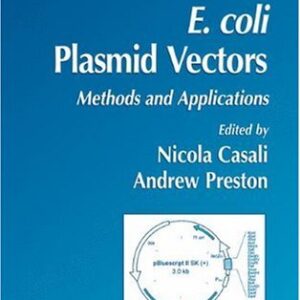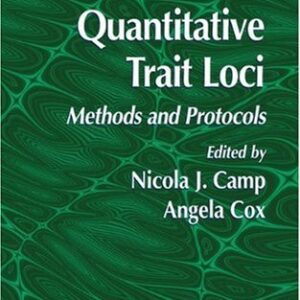This volume addresses the similarities and also the differences in the genomes of soil saprophytes, symbionts, and plant pathogens by using examples of fungal species to illustrate particular principles. It analyzes how the specific interactions with the hosts and the influence of the environment may have shaped genome evolution. The relevance of fungal genetic research and biotechnological applications is shown for areas such as plant pathogenesis, biomass degradation, litter decomposition, nitrogen assimilation, antibiotic production, mycoparasitism, energy, ecology, and also for soil fungi turning to human pathogens.
In addition to the model organisms Neurospora and Aspergillus, the following species are covered providing a view of pathogens and mutualists: Trichoderma, Fusarium oxysporum, Cochliobolus heterostrophus, Penicillium chrysogenum, Rhizopus oryzae, Podosporaanserina, and species belonging to Agaricomycetes, Archaeorhizomycetes and Magnaporthaceae. Ecology and potential applications have guided the choice of fungal genes to be studied and it will be fascinating to follow the trends of future sequencing projects.

![[PDF] Genomics of Soil- and Plant-Associated Fungi Benjamin A. Horwitz, Prasun K. Mukherjee (auth.), Benjamin A. Horwitz, Prasun K. Mukherjee, Mala Mukherjee, Christian P. Kubicek (eds.)](https://pdfelite.com/wp-content/uploads/2024/04/bac20c9ce585c0850423fbac75ee2e51-d.jpg)




Reviews
There are no reviews yet.